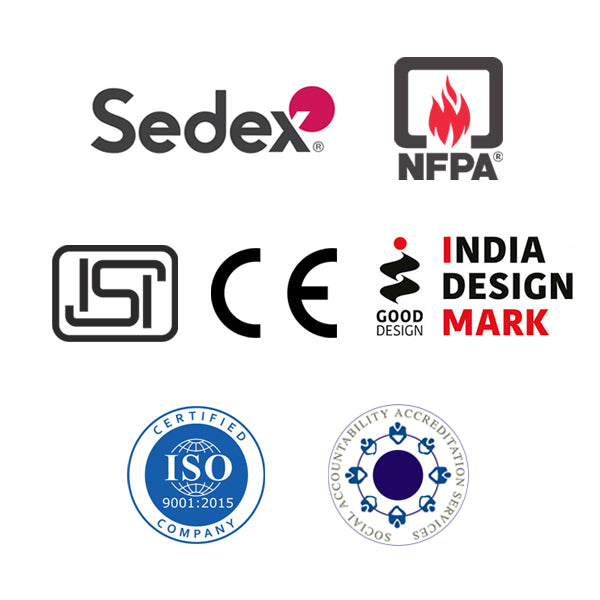KP07
Share
Para Aramid Gloves
- 100% para-aramid seamless gloves
- Elasticized para-aramid pile wrist
- Terry towel finish
Flame
Heat
Spark
Abrasion
EN388
Delivery & Services

Easy Return
with our 15 days return poicy
Regular price
Rs. 0
Sale price
Rs. 0
Regular price
Tax included.
Shipping calculated at checkout.
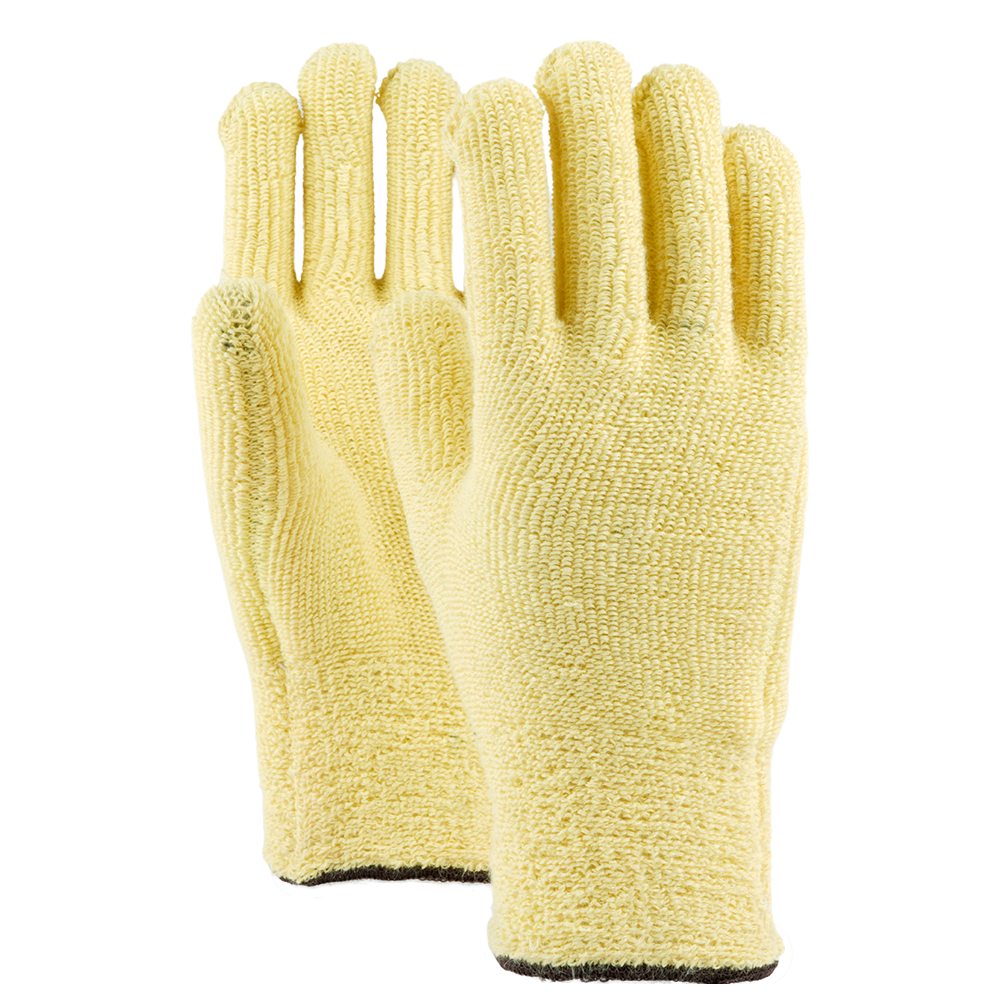

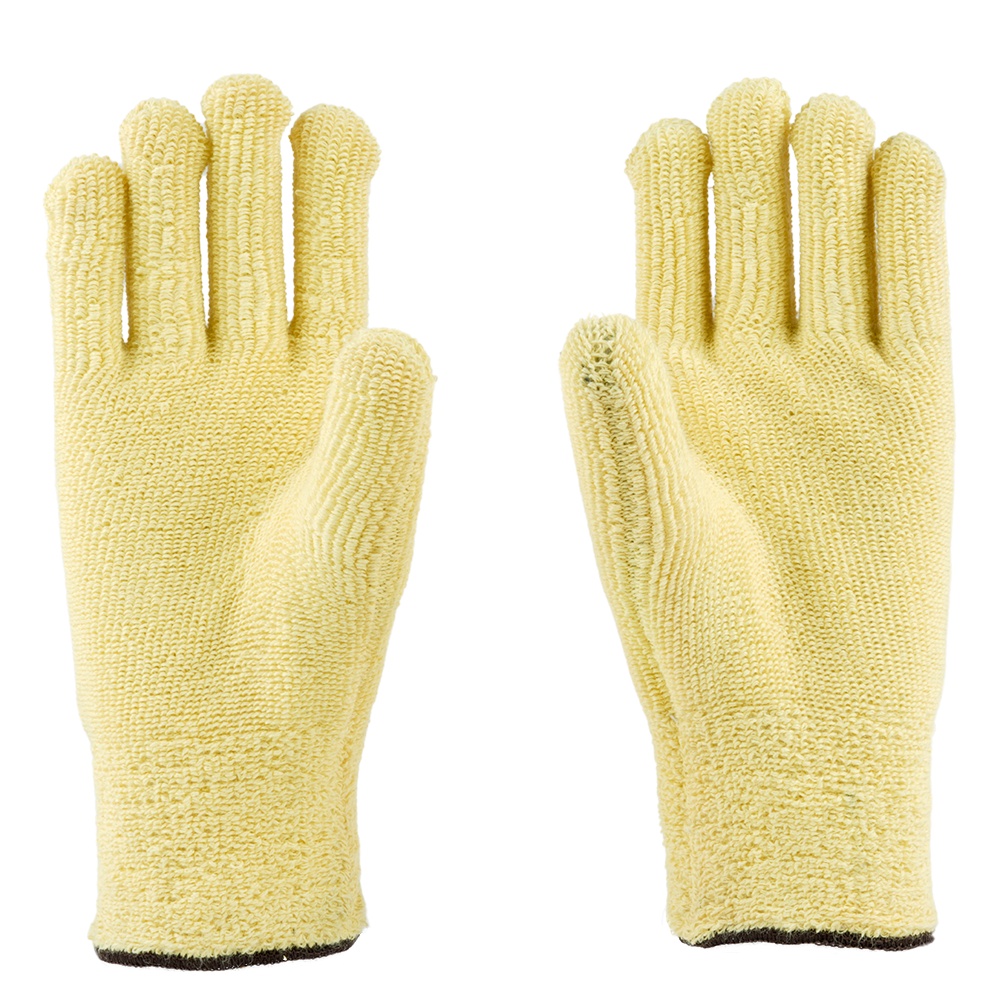
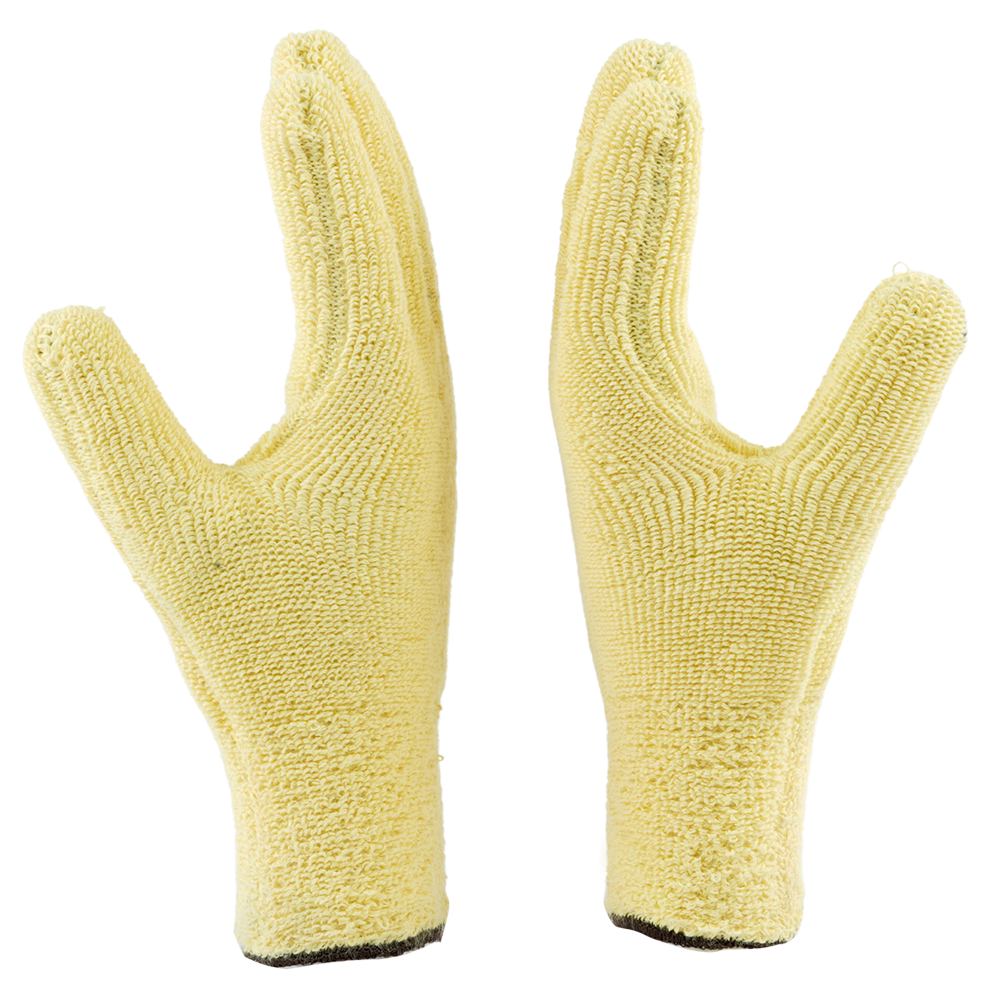
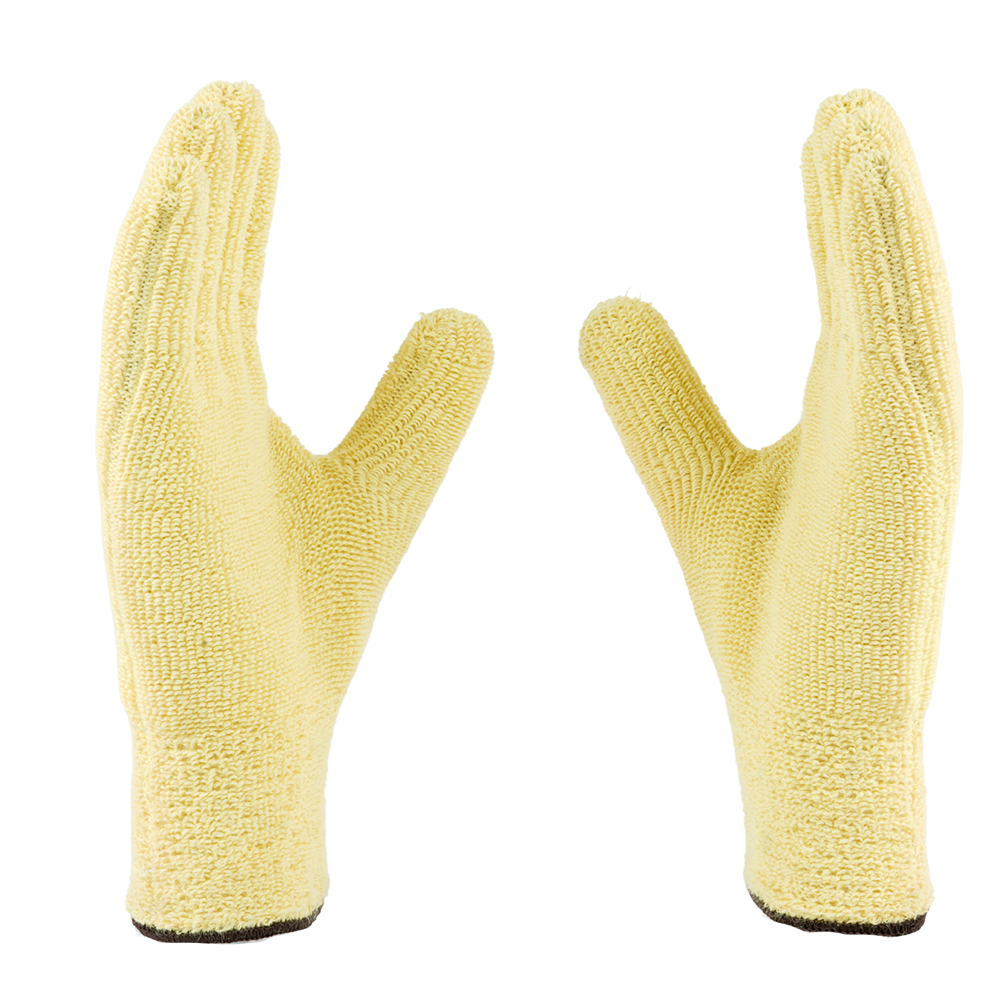
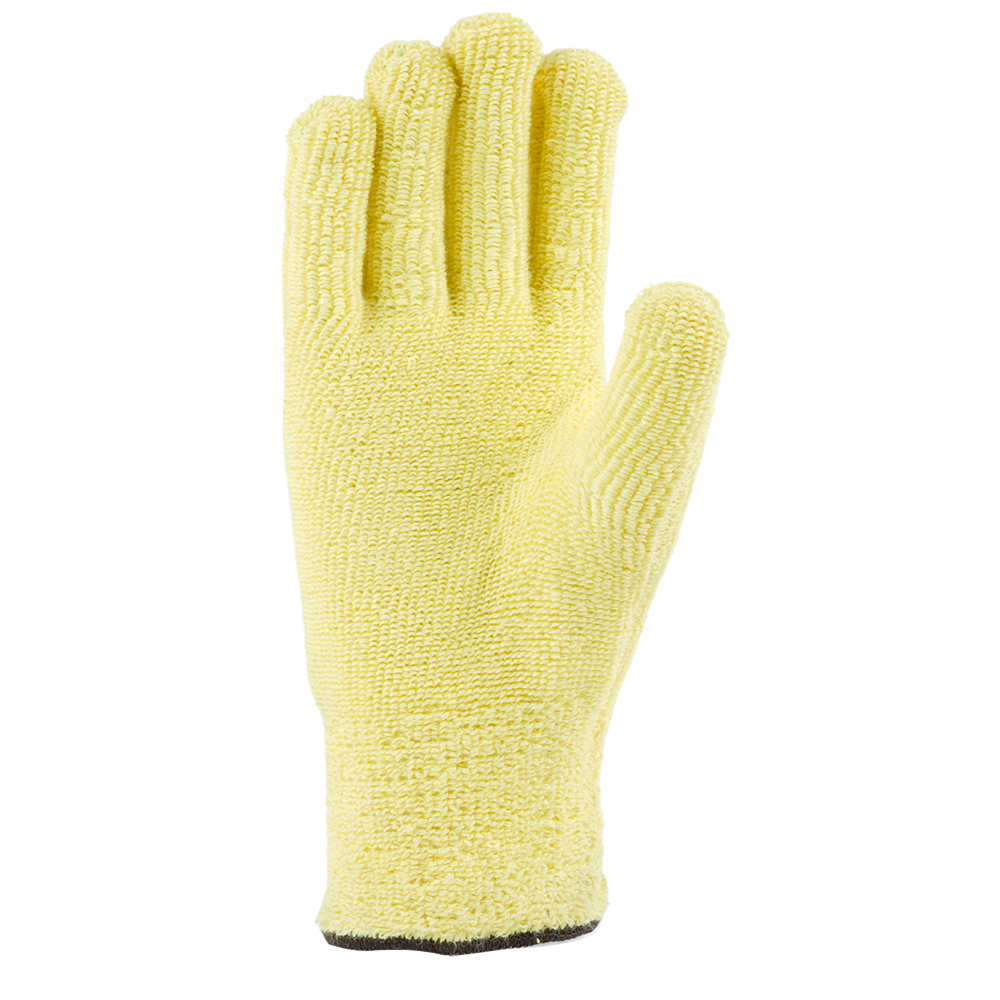
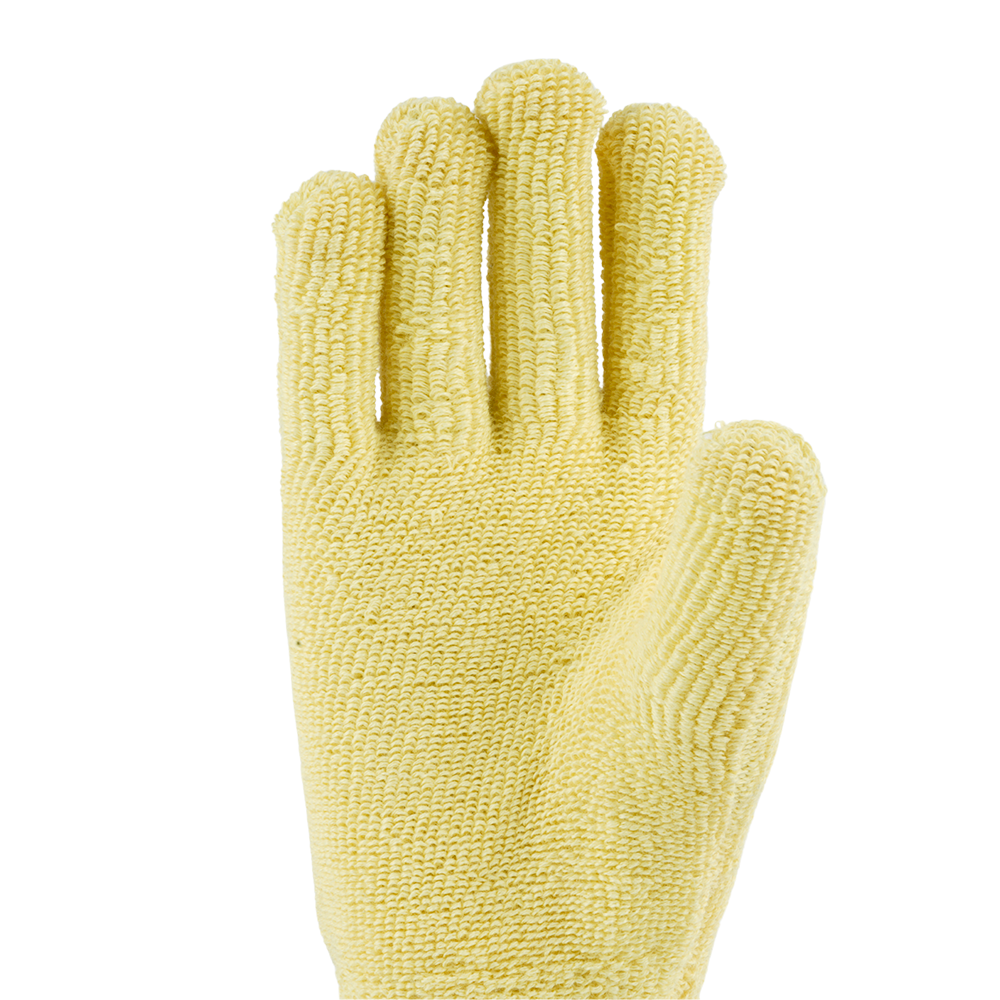
ABOUT THE DESIGN
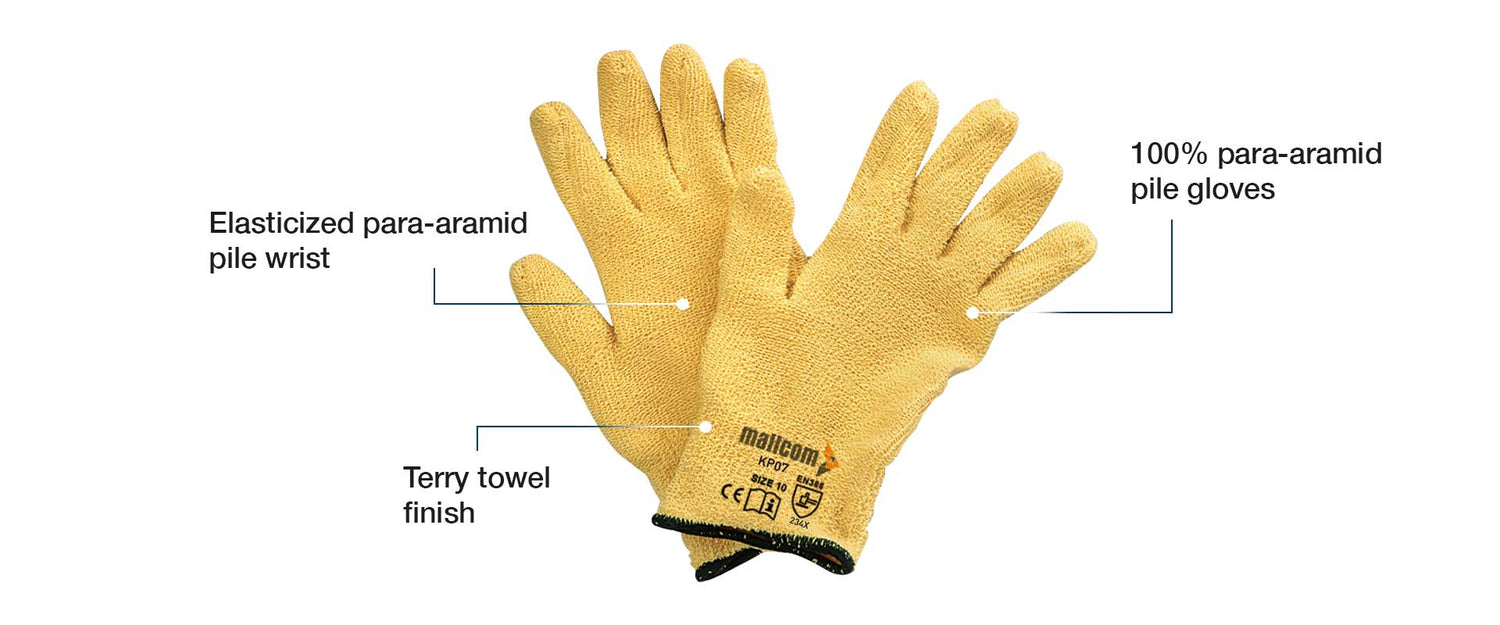
USEFUL IN THESE INDUSTRIES
Automobile
iron & Steel
Metullargy
Repairs & Maintanence

Product Features
ABOUT THE DESIGN
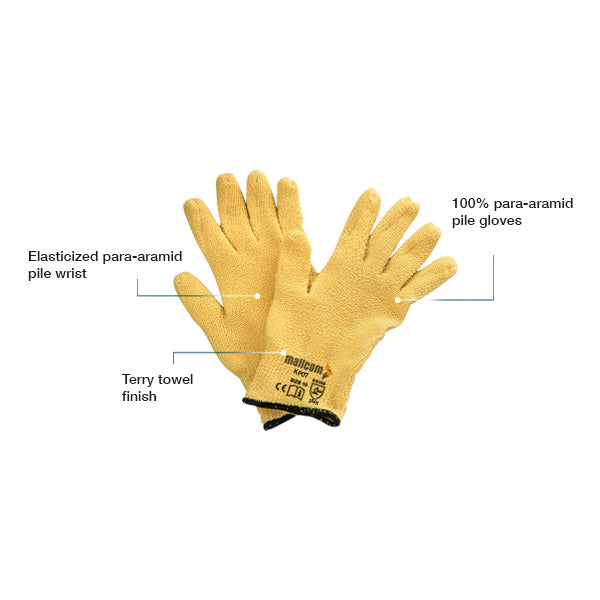
USEFUL IN THESE INDUSTRIES
Automobile
iron & Steel
Metullargy
Repairs & Maintanence
Product Details
